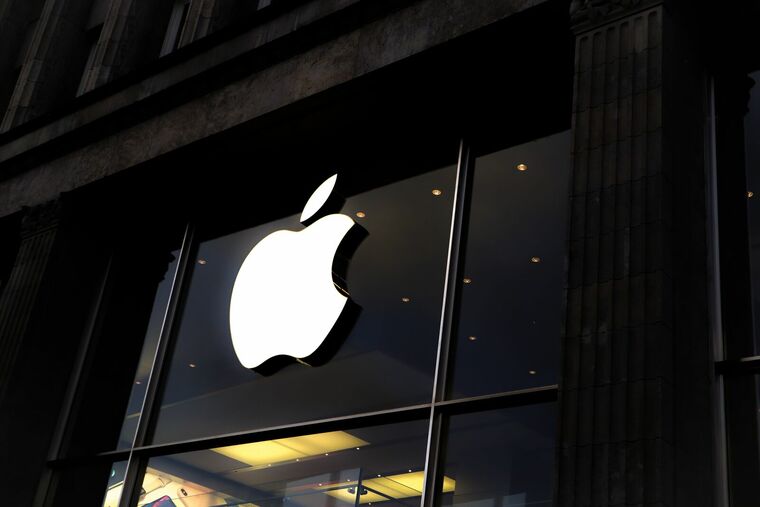Defaults
Behavioural Tech-heads: What technology needs to learn from behavioural science

Behavioural Tech-heads is a monthly series on Research World looking into what the technology industry can learn from behavioural science. It will cover the biases – both cognitive and behavioural – and psychological principles that offer the greatest contribution to the tech industry.
In this installment of Behavioural Tech-heads we’ll be looking at defaults. A default is a pre-selected option, or something which is pre-set. The default bias is the tendency to just ‘go with the flow’ of these pre-set options. We tend not to even question what has been pre-set for us, let alone consider alternative options and change them.
What’s it all about?
The classic example to demonstrate the power of defaults is the comparison of opt-in vs opt-out organ donation. Opt-out organ donation set-ups assume all relevant parties consent to donating their organs, whereas opt-in assumes no such consent is given. Critically, both set-ups give all parties the option to give or withdraw their consent at any time. However, due to the default bias, barely any do so. Countries with opt-in schemes tend to average about 15% consent rates, compared with opt-out, where consent rates tend to be closer to 100%.
The reality is that humans are cognitive misers, we’re wired to take the path of least resistance. The same as water or electricity, if we can short circuit an effortful path, we will. A default setting is a path of very little resistance as it’s already been selected for you. Choosing the default requires no effort yet changing the default does. It’s more effortful to make an action than not, so we stick with what’s already been chosen for us – the default.
Is it all that important?
In short, yes. Many everyday decisions are made via defaults. Let’s consider your morning routine.
How do you set your alarm in the morning? Do you use the alarm app that’s the default on your phone?
What toothpaste do you use? Do you always buy the same? How about your toothbrush, shampoo, conditioner, shower gel, moisturiser, make-up, razor? Are they your so-called “go-to” products?
Your morning drink – Do you always buy the same brand of tea or coffee? Do you have skimmed, semi-skimmed, or full milk with that?
These choices aren’t thought through - they’re our defaults and they’re a massive helping hand. They save us cognitive effort when making decisions – what to buy, what to not buy, what to do, what not to do, how to behave, how not to behave. We face roughly 35,00 decisions every day. Our brains simply don’t have the capacity to fully consider all options when we’re faced with a choice.
So, what’s the importance for tech brands?
With 35,000 decisions to be made each day, it’s no surprise that defaults infiltrate the tech world in masses.
1. Brands & products
Just as we have our go-to brands & products for our daily routine, we have our go-to brands & products in the tech world. We tend to go for either android or iOS; Amazon or eBay; Netflix or Prime Video. Once you make your selection, often your relationship with the brand grows and you are slowly locked into their ‘digital ecosystem’. Let’s take Apple as an example. You might start with an iPhone (iOS), which then leads you to an iPad, which then leads you to an apple watch etc. Part of this is due to our innate behaviour to choose the path of least resistance, but at the same time tech brands look to leverage this behaviour to guarantee your loyalty to them.
2. Defaults on a tech devices
Every producer of tech hardware sets defaults. Brightness settings, volume settings and notification sounds are obvious examples. But location, camera, & microphone accessibility are set by defaults too. The apps that come automatically downloaded on a device (e.g., email, calendar, maps) are also defaults.
3. Cookies
42 million people use the internet daily. Every (GDPR compliant) website visited by all these people will have a pop-up asking whether they’re happy to enable cookies. The cookies you “choose to allow” have been pre-selected for you, providing the path of least resistance. Very few sites give an alternative to the default in a manner as simple as enabling the pre-set cookies, making the default ever-more appealing as the alternative becomes ever-more effortful.
4. Search results ordering
All websites with a search function set defaults via the ordering in which items appear in our search results. From Google, to Asos, to Booking.com. The defaults come up sooner, so we’re quicker to browse them, and therefore more likely to consider them and buy them.
5. Delivery methods
When ordering things online, more often than not, a default delivery method is selected for us. It’s up to the company what the default is – the cheapest for the consumer, the most profitable for the company, the most secure for the consumer or the safest for the business.
So, what does this mean for tech brands?
The way defaults are currently used by most tech brands creates two key challenges which they should look to address soon. However, with each challenge, it also creates a unique opportunity for tech brands to evolve their offering (ethically, but also experientially).
Challenge 1: Overcoming consumer scepticism - There is currently inherent consumer skepticism around brand use of defaults as a way to lock them into certain digital ecosystems. Whilst it’s unlikely consumers refer to “the default bias”, they do feel the effects of it on a daily basis. Perceptions of some tech brands are becoming more negative due to consumers wanting to exit their ecosystems but feeling stuck due to current ownership/prior investments. If this trend continues, consumers may grow to resent the brand and decide to take the brand switching leap.
Opportunity: Tech brands need to start communicating that their products are built first and foremost to enrich customer experience and ultimately offer total freedom. They should encourage the message that they are not trying to lock consumers into their brand.
Challenge 2: Changing product designers/managers approach to development - Large scale changes need to be made to the development cycles which tech products currently follow. The fact that tech products are endlessly improved on an incremental basis (e.g., design sprints), leads product designers and managers to lose sight of the higher-level impact their products/services have. Often, short term gain (for the brand and shareholders), is the guiding star for teams rather than developing meaningful CX experiences.
Opportunity: Tech brands need to take a step back and explore the development of new (or updated) products/services by asking themselves not only the traditional strategic questions, but also a series of ethical questions. This process will lead product teams to take a more long-term view of the developments they wish to deploy. As demonstrated by Les Binet and Peter Field, playing the long game not only grows stronger brand loyalty, but also better benefits the end consumer.
There is no escaping the reality that a default-free choice is a rarity. Most choices we make daily have defaults associated with them, whether obvious or not. Whilst there’s no getting around this fact, and tech brands should look to reevaluate the way defaults are used – with a focus on finding ways it can help, rather than hinder, consumers. The first tech brand that does this will be viewed positively by consumers, paving the way for other tech brands to follow suit.

